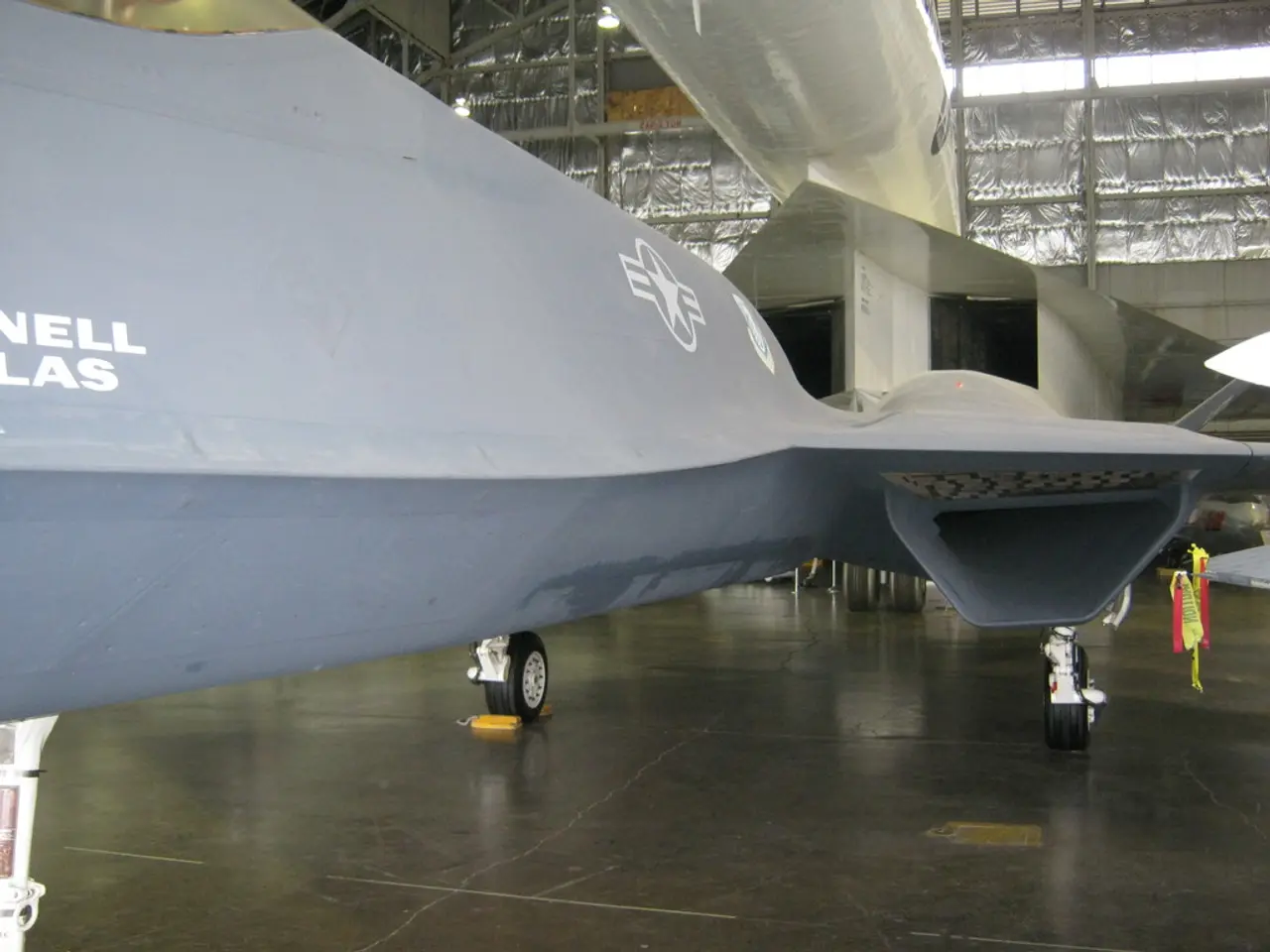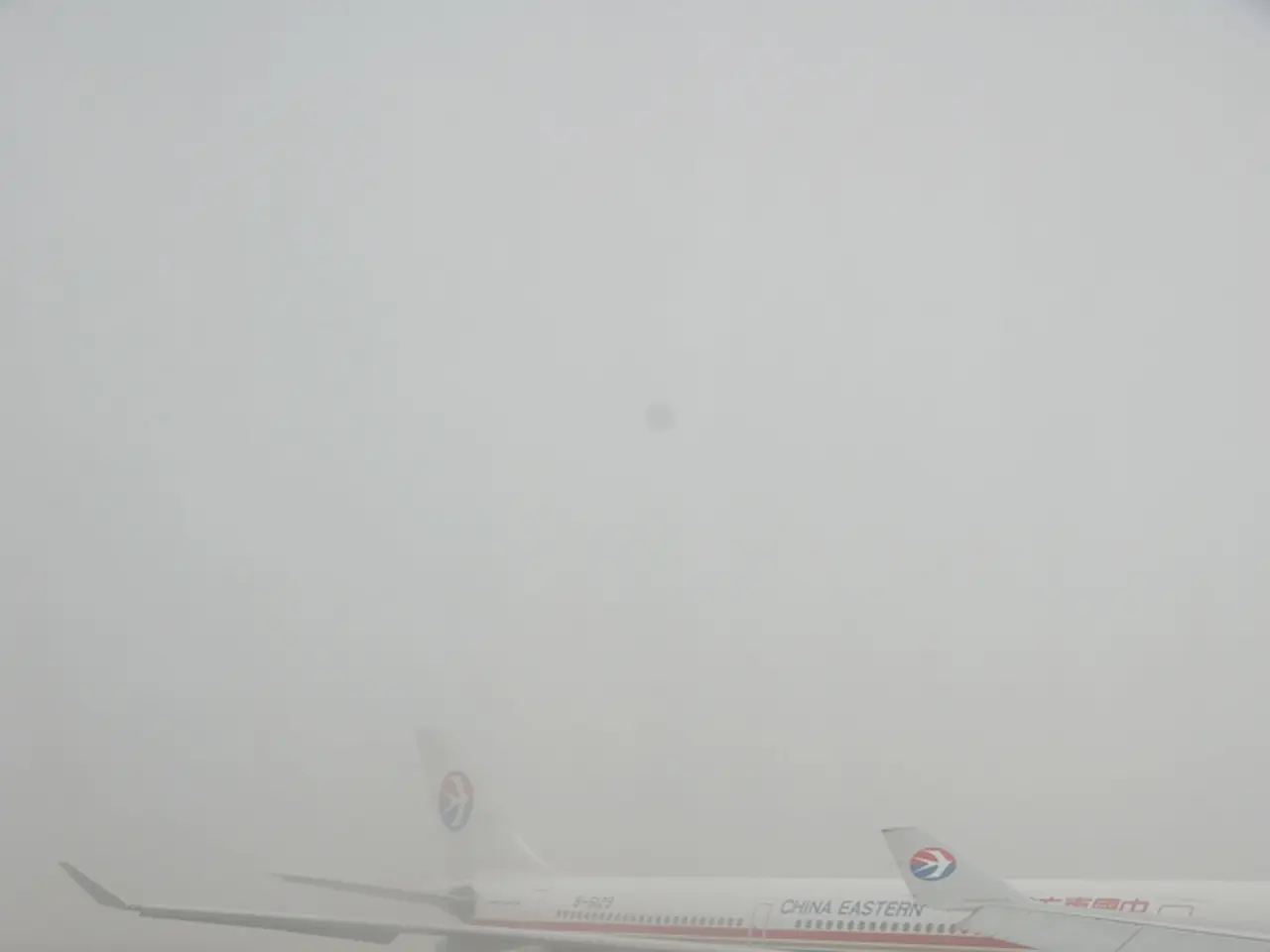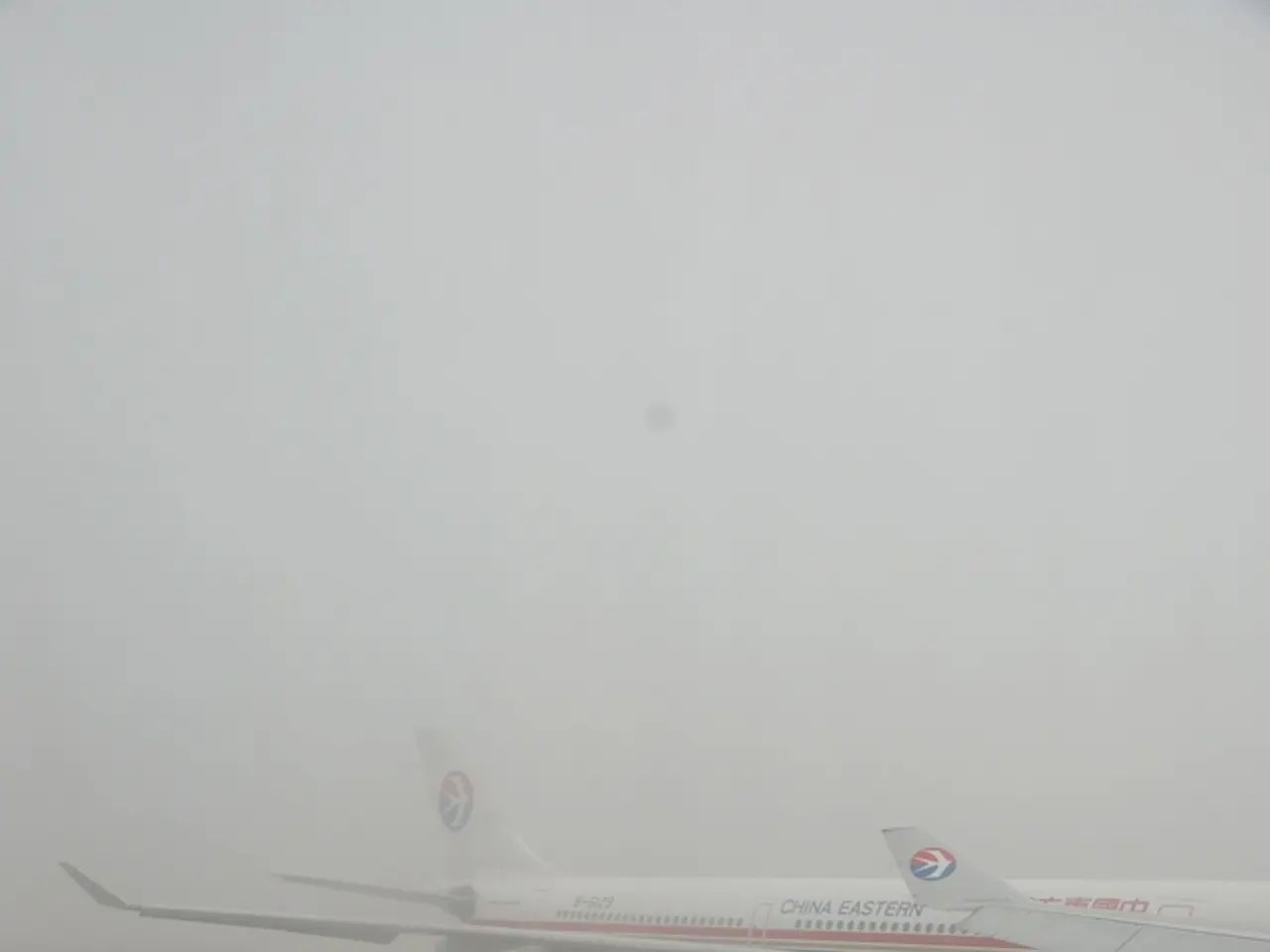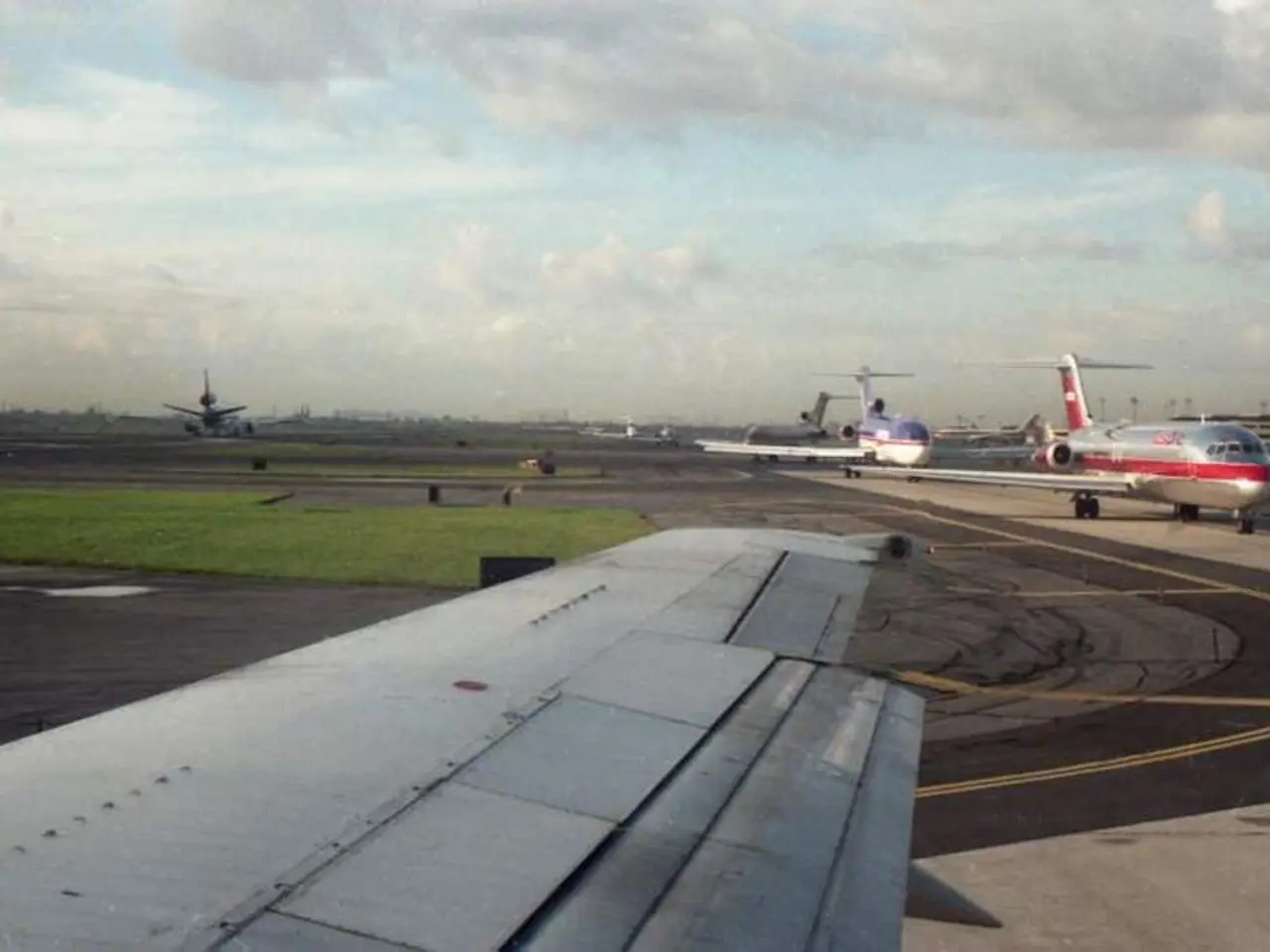Recovered Cockpit Voice Recorder: Crucial Piece in Solving Air India Crash Enigma
Air India Flight AI 171 Crash Investigation Advances With CVR Recovery
The recent discovery of the Cockpit Voice Recorder (CVR) from the tragic Air India Flight AI 171 crash offers promising insights into the fateful last moments before the Boeing 787 plunged near Ahmedabad. Here's the inside scoop.
Elevator Speech: Crash Clues in the CVR
Investigators unearthed the CVR, one of the two crucial black boxes, from the flight's debris––a pivotal step forward in deciphering the dark secrets buried within the disaster. Along with the previously salvaged Flight Data Recorder (FDR), this pair will deliver essential data for comprehensive analysis.
The CVR's Revelations
Being a treasure trove of cockpit sounds, the CVR captures everything from pilot conversations to alarms and mechanical noises. Experts anticipate that it will illuminate vital snippets of the pilots' mayday call ("mayday... thrust not achieved") and detect potential alarms or unusual auditory cues hinting at engine or system malfunctions.
Slicing Through Time
The investigators' primary focus lies in establishing a detailed timeline: specifically, the precise timing of the mayday call, who issued it, and whether the first officer corroborated the claims of thrust loss. Simultaneously, the FDR provides technical data that, combined with the CVR's context, aids in restructuring the sequence of events leading up to the shocking crash.
Supporting Evidence
Airport CCTV footages depict the Dreamliner momentarily taking flight before plummeting to the ground with the landing gear extended––without signs of a catastrophic engine fire––just 17 seconds after takeoff. Alas, the CCTV couldn't capture the cockpit voices, but the CVR may reveal the deployment of a Ram Air Turbine (RAT) emergency device, which would indicate an overall power loss onboard the aircraft.
The Probe's Next Moves
- Decode Away: Teams of specialists from India's AAIB, allied with international experts from the UK, US, Boeing, GE, and the NTSB, are immersed in laborious examinations of the audio and flight logs.
- Interim Report: Within weeks, a preliminary report will see the light of day, shedding light on the flight's thrust issues, flap settings, gear configuration, and cockpit decisions.
- Fleet Recce: Meanwhile, India's DGCA orders thorough checks on all GEnx-powered Boeing 787 Dreamliners operated by Air India to ensure fleet safety.
Grief and Perseverance
As the investigation forges ahead, families of the deceased continue grueling DNA tests and identification procedures. To alleviate their pain, Air India and its parent company, the Tata Group, have rolled out various assistance programs and assigned support personnel to aid the bereaved relatives.
With the recovery of the CVR, precious moments of cockpit audio are now within reach, offering a chance to unmask the chain of events that culminated in the heart-wrenching crash.
The CVR's recovery is significant for the Indian aerospace industry, as decoding the cockpit audio will provide a better understanding of the crash, shedding light on India's aviation safety measures and regulations. This incident also underscores the importance of global collaboration in aviation disaster investigations, with teams from various finance and technology industries contributing their expertise to the probe. Amidst the tragedy, the recovery of the CVR and ongoing investigations demonstrate the Indian transportation sector's commitment to improving safety protocols and supporting affected families.







